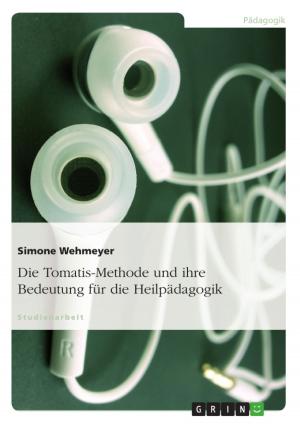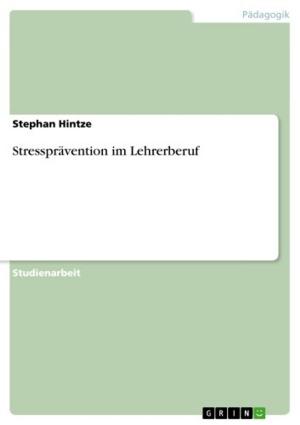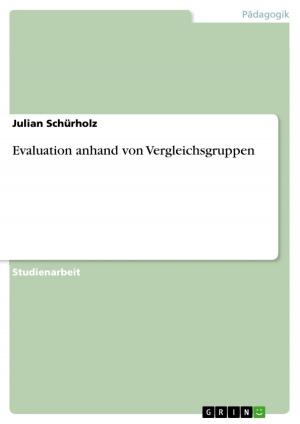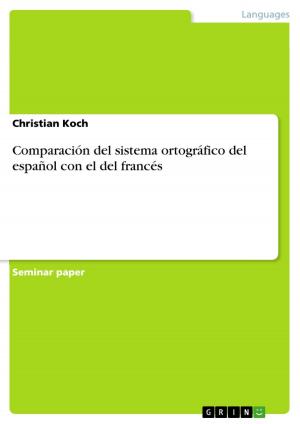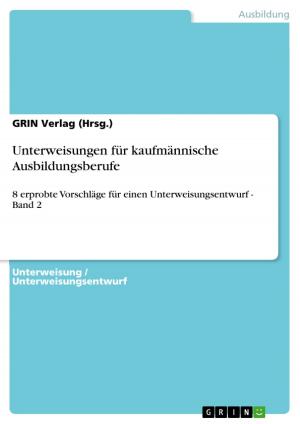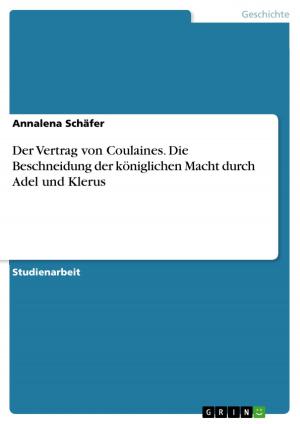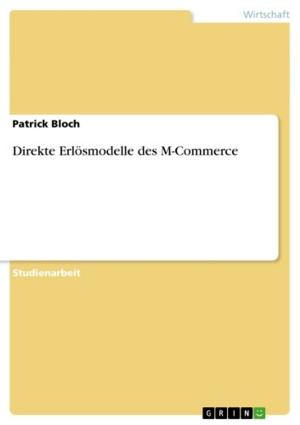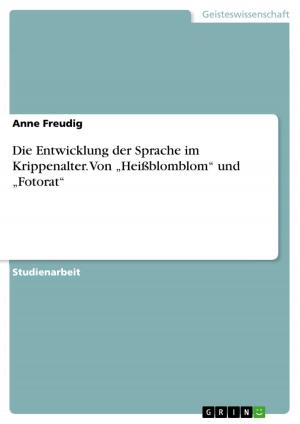Efficiency of Callogenesis and Amenability to Agrobacterium Mediated Transformation of Selected Traditional Sri Lankan Rice Varieties
Nonfiction, Health & Well Being, Medical, Medical Science, Microbiology| Author: | Krishanthi Bandara | ISBN: | 9783668470248 |
| Publisher: | GRIN Verlag | Publication: | June 26, 2017 |
| Imprint: | GRIN Verlag | Language: | English |
| Author: | Krishanthi Bandara |
| ISBN: | 9783668470248 |
| Publisher: | GRIN Verlag |
| Publication: | June 26, 2017 |
| Imprint: | GRIN Verlag |
| Language: | English |
Bachelor Thesis from the year 2012 in the subject Biology - Micro- and Molecular Biology, grade: A pass, , course: Molecular Biotechnology, language: English, abstract: Traditional rice varieties consists of many important traits such as medicinal and nutritional value, drought and pest resistance. Efficient tissue culture and transformation techniques are important in uncovering such genes from traditional rice varieties. Aim of this study was to optimize an efficient protocol of callus induction and transformation of Sri Lankan traditional rice varieties. Dahanala, Kaluheenaty, Kalubalawee, madael, Kahatawalu, Kaharamana, Gonabaru, Alwee, Wannidahanala, Kottiyaran, BG380 and H4 were selected for the study. Twelve different concentration combinations of 2, 4-D and kinetin were used to determine the effect of hormone concentrations on callus induction. Calli were transformed using Agrobacterium mediated transformation. For calli transformation Agrobacterium tumefaciens GV3101 containing pBI121 vector was used. Transformed callus were detected using GUS analysis. Efficiency of transient transformation was calculated for each variety. There was a significant difference of 12 treatments of callus induction of tested varieties except Gonabaru. Kaluheenaty, Madael, Gonabaru, Kottiyaran and H4 have shown the best callus induction for the same hormone concentration combination of 2.5mg/L 2,4-D and 0.5 mg/L kinetin. Other six varieties showed best callus induction for different concentration combinations with majority of them being in the region of 2.5mg/L 2,4-D and 0.5 mg/L kinetin. Results showed that callus induction was genotype dependant. Higher transient transformation efficiencies were reported for most varieties. Depending on transient transformation efficiency, tested varieties could be divided into significantly different seven groups. Results of this study indicate the possibility of using optimized hormone concentrations and Agrobacterium mediated transformation for genetic transformation of selected Sri Lankan traditional rice varieties.
Bachelor Thesis from the year 2012 in the subject Biology - Micro- and Molecular Biology, grade: A pass, , course: Molecular Biotechnology, language: English, abstract: Traditional rice varieties consists of many important traits such as medicinal and nutritional value, drought and pest resistance. Efficient tissue culture and transformation techniques are important in uncovering such genes from traditional rice varieties. Aim of this study was to optimize an efficient protocol of callus induction and transformation of Sri Lankan traditional rice varieties. Dahanala, Kaluheenaty, Kalubalawee, madael, Kahatawalu, Kaharamana, Gonabaru, Alwee, Wannidahanala, Kottiyaran, BG380 and H4 were selected for the study. Twelve different concentration combinations of 2, 4-D and kinetin were used to determine the effect of hormone concentrations on callus induction. Calli were transformed using Agrobacterium mediated transformation. For calli transformation Agrobacterium tumefaciens GV3101 containing pBI121 vector was used. Transformed callus were detected using GUS analysis. Efficiency of transient transformation was calculated for each variety. There was a significant difference of 12 treatments of callus induction of tested varieties except Gonabaru. Kaluheenaty, Madael, Gonabaru, Kottiyaran and H4 have shown the best callus induction for the same hormone concentration combination of 2.5mg/L 2,4-D and 0.5 mg/L kinetin. Other six varieties showed best callus induction for different concentration combinations with majority of them being in the region of 2.5mg/L 2,4-D and 0.5 mg/L kinetin. Results showed that callus induction was genotype dependant. Higher transient transformation efficiencies were reported for most varieties. Depending on transient transformation efficiency, tested varieties could be divided into significantly different seven groups. Results of this study indicate the possibility of using optimized hormone concentrations and Agrobacterium mediated transformation for genetic transformation of selected Sri Lankan traditional rice varieties.

